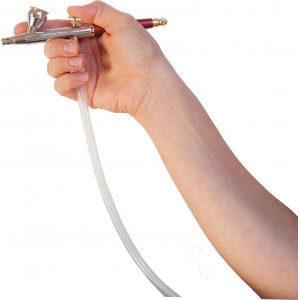ACTIVE INGREDIENTS OF THE ADDITIVE MULTIVITAMINICO
LIPOIC ACID (thiotic acid)
Lipoic acid, also known by the name of tiotico acid, is a vitamin very particular: it is the only vitamin to be soluble both in fats is in the water. It is precisely these properties to make lipoic acid an excellent anti-aging product: it acts, protecting both the cell membranes, either the cytoplasm. Let's see what is the mechanism of action of this substance. Lipoic acid is a molecule known since several decades to be an important cofactor for enzymatic reactions. In recent years, great attention has been paid to its possible antioxidant functions and those of its reduced form, dihydrolipoic acid, the most interesting features. E 'has been demonstrated that it is mainly
the reduced form of lipoic acid to neutralize many free radicals
forming stable complexes with them, also seems that it is able to regenerate other antioxidants such as vitamin E and vitamin C from their radical forms.
Vitamin A (retinyl palmitate)
Vitamin A in its acid form (retinoic acid) can not be used in cosmetics. In this framework two esters are used:
Vitamin A acetate
Vitamin A palmitate (retinyl palmitate)
Vitamin A palmitate is the most stable form and practical use.
The cosmetic use of such Vitamin has been proposed in order to avoid, prevent or delay the phenomena of skin aging.
A deficiency in Vitamin A leads:
alterations in epithelial
Excessive keratinization of the stratum corneum
Hardening, insecchimento slat keratin
Reduction of the normal flow of sebum
In the cold season there is a reduction in sebum production and an injection of Vitamin A makes up at least part of this decrease in the secretion of sebum.
With regard to vitamin A palmitate studies have been conducted in order to verify the penetration through the skin. These studies have provided satisfactory results about the routes of absorption, the rate of penetration and absorption after local application. And it was possible to verify that the actions performed are:
Regulatory action on epithelialization of the skin
It helps to maintain the integrity of cell membranes
Increases the thickness and the elasticity of the epidermis
Regulating the process of keratinization fights dryness and roughness of skin
Vitamin E (tocopheryl acetate)
In cosmetics, it is preferable to use the ester of Vitamin E (tocopheryl acetate) as it is the most stable form.
The biological functions of vitamin E are essentially of two types:
Exerts a powerful antioxidant actions, which is now recognized universally and from time
Participate in the proper functioning of connective tissues
The cosmetic use of such Vitamin has been proposed due to its characteristics moisturizing, soothing, protecting against UV.
In vitro studies have shown that the ester of Vitamin E penetrates the stratum corneum and the epidermis down to the dermis. These studies as well as has a record absorption, confirmed that this protein plays on the skin:
Occlusive effect and therefore acts as a moisturizer indirect (measurements on the treated skin revealed a decrease in water loss through transpiration)
Protective effect against UV rays
soothing
antioxidant
VITAMIN F (linseed acid)
E 'consists of three polyunsaturated fatty acids: linoleic acid, linolenic acid and arachidonic acid. It is present in different seed oils: soybean, flax, sunflower, wheat germ, borage etc etc. The three fatty acids are important constituents of cell membranes and greatly contributes to the skin, the capillaries and nails in good condition. Their deficiency causes dryness, flaking skin, brittle nails and excessive dryness of the hair.
The application of vitamin F in the skin improves:
the structure of the stratum corneum
skin hydration and elasticity
regulates the process of formation of sebum.
OIL Argan (Argania spinosa oil)
Pure Argan oil with strong anti-oxidant properties, moisturizing, soothing and softening properties. Due to the presence of antioxidants and essential fatty acids (omega 3, 6) is one of the best remedies to combat skin aging and protect the skin from external aggressors (sun, smog, wind).









